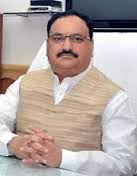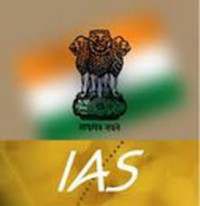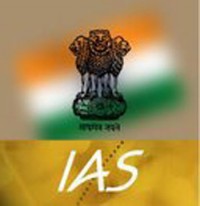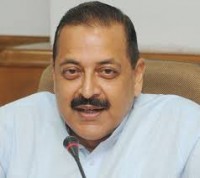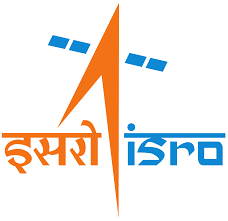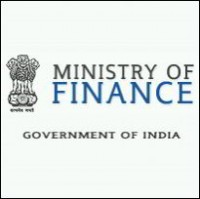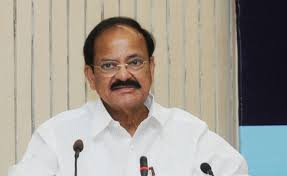“I assure you all support from the Ministry for your endeavours towards tertiary healthcare services to the people”. This was stated by the Union Minister of Health & Family Welfare Shri J P Nadda as he presided over the Governing Body and Institute Body meetings of AIIMS Bhubaneswar.
The Health Minister stated that financial powers have been devolved during the last few meeting along with operational autonomy to enable and empower these super-specialty healthcare Institutes to function more effectively. He added that he supported all systemic changes which enhanced the working of these Institutes.
During the meetings various issues of expansion and equipping the AIIMS Bhubaneswar in terms of infrastructure, human resources/faculty/doctors etc., were discussed. The Health Minister stated that the Institute can take steps towards research in healthcare and explore new avenues of expanding the scope and scale of tertiary healthcare delivery, which will benefit those who deserve these services the most.He said that he supported all efforts aimed at making these Institutes as centres of excellence which provided best healthcare to the people.
Also present at the meetings were Shri Prasanna Kumar Patasani, V (LS); Smt. Sarojini Hembram, Member of Parliament (RS); Shri Kulamani Samal, Member of Parliament (LS) and senior officers of the Health & Family Welfare Ministry including Shri B P Sharma, Secretary (HFW) , Smt. Vijaya Shrivastava, AS&FA.


